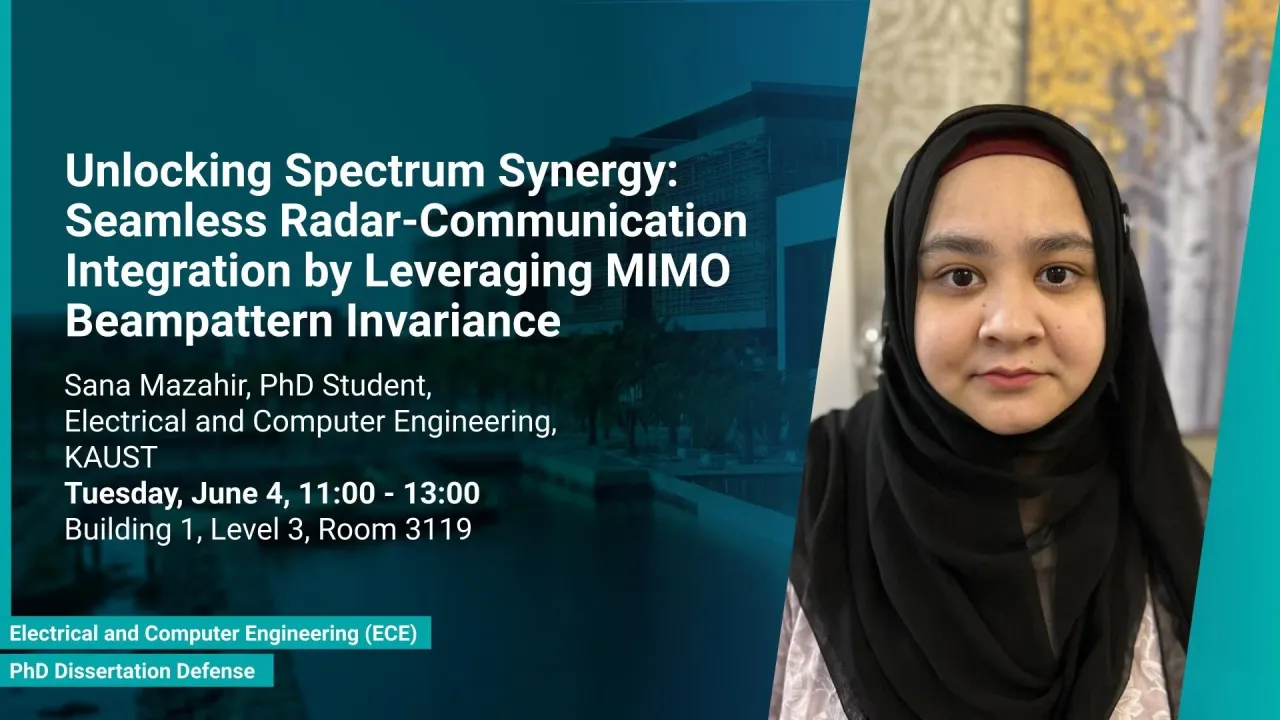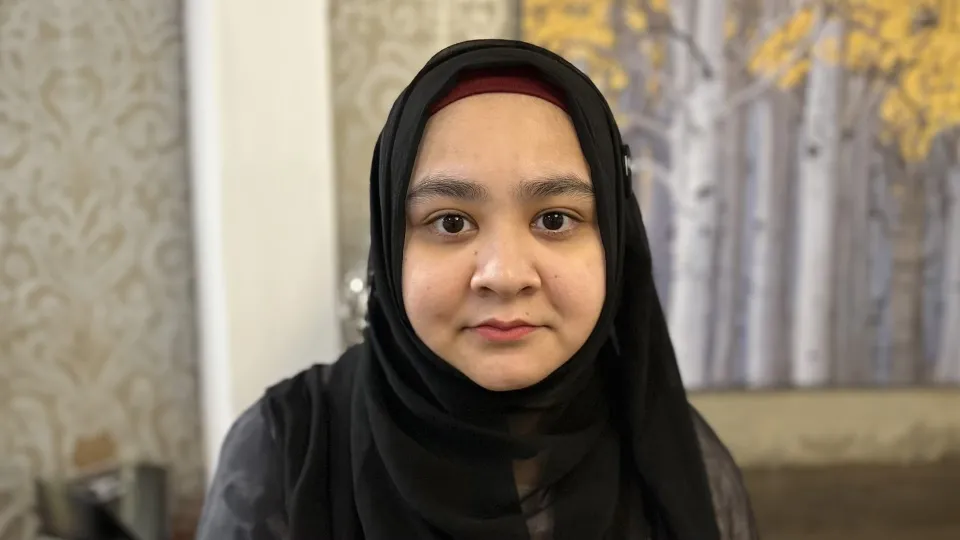
Unlocking Spectrum Synergy: Seamless Radar-Communication Integration by Leveraging MIMO Beampattern Invariance
The Dual-function radar communication (DFRC) refers to an integrated system that performs both the functions of a radar and a communication system. It is designed by exploiting the tractability and reusability of both radar and communication systems' components, parameters, and spectrum to achieve an integrated system. This dissertation explores and exploits the flexibility in the transmit beampattern design in MIMO radar systems to implement the transmission of communication symbols.
Overview
Abstract
The Dual-function radar communication (DFRC) refers to an integrated system that performs both the functions of a radar and a communication system. It is designed by exploiting the tractability and reusability of both radar and communication systems' components, parameters, and spectrum to achieve an integrated system. This dissertation explores and exploits the flexibility in the transmit beampattern design in MIMO radar systems to implement the transmission of communication symbols.
In MIMO radar systems, the desired beampattern is conventionally designed by computing the waveform covariance and/or weight matrices. In this dissertation, through some simple derivations, it is demonstrated that there are infinitely-many covariance and weight matrices that produce exactly the same beampattern. The well-known beampattern expression is used to derive the conditions for the beampattern invariance with respect to the covariance and the weight matrices. The freedom in the choice of the covariance/weight matrix manifested by this theoretical exposition allows the transmitted waveform to be altered, without changing the beam and the orthonormal waveforms. In order to take practical advantage of this theoretical foundation, several methods for the computation of beampattern-invariant covariance and weight matrices are developed. Consequently, by strategically employing these methods, the information bits can be embedded in the DFRC transmissions while preserving the radar function.
One of the methods used to compute an alternate beampattern-preserving weight matrix is by utilizing a unitary transformation of the default MIMO weight matrix. It is demonstrated that a desired information-bearing symbol at the communication receiver can be realized in a low-complexity, closed form by a strategically designed unitary transform. The impact of this unitary transformation on the estimation accuracy of the target parameters is analyzed by deriving their respective Cramer-Rao Lower Bounds (CRLBs).
Brief Biography
Sana Mazahir received the B.E. and M.S. degrees in Electrical Engineering from the College of Electrical and Mechanical Engineering, National University of Sciences and Technology (NUST), in 2013 and 2015, respectively. She worked at the System Analysis and Verification (SAVe) laboratory at NUST between 2015 and 2019. Currently, she is pursuing the Ph.D. degree at King Abdullah University of Science and Technology, Saudi Arabia, under the supervision of Prof. Mohamed-Slim Alouini. Her research interests include signal processing for wireless communications.

